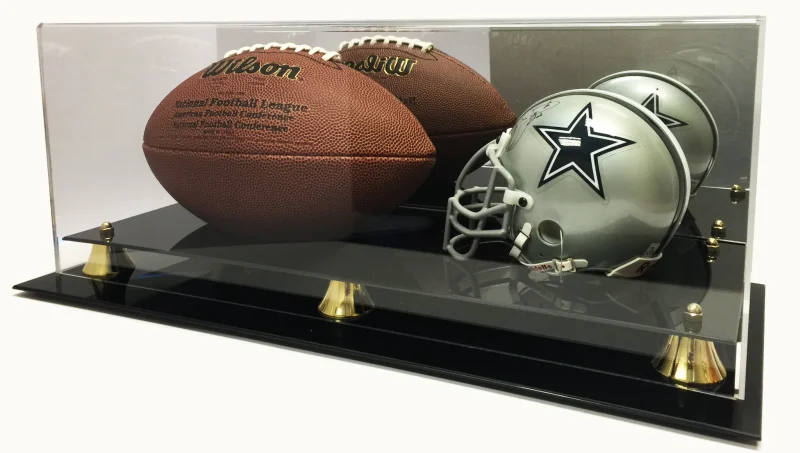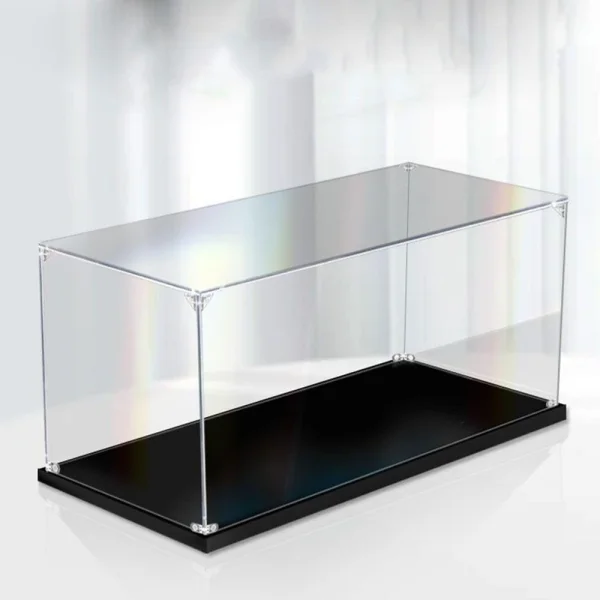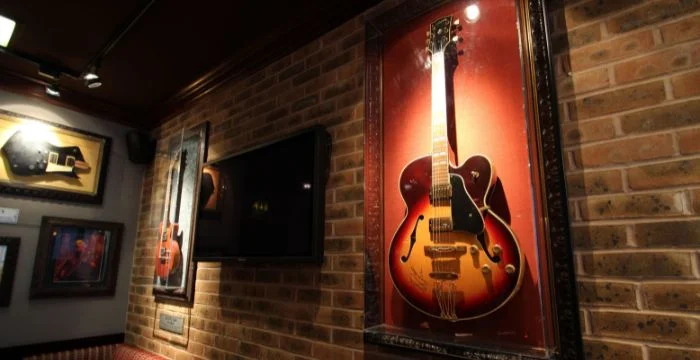Turning Iconic Moments into Display-Worthy Masterpieces

We all have mementos that carry a story, such as a finals ticket, a signed jersey, or a premiere poster, that deserve more than a drawer. Turning those keepsakes into something you’re proud to showcase involves more than choosing a handsome frame. It requires choices that protect the piece, respect its materials, and present it beautifully for years to come. This guide walks you through the essentials in plain language: protective glazing, safe interior materials, lighting that flatters without damage, steady case conditions, careful mounting, and credible authentication.
Follow this info and your favorite memory won’t just look good today; it will remain worthy of attention far into the future.
What Type of Glazing Best Protects Valuable Memorabilia?
The front sheet is your first line of defense, so pick it deliberately. UV-filtering acrylic, such as OP-3-type panels, blocks over ninety-nine percent of the most harmful ultraviolet range that accelerates fading and embrittlement. This is the gold standard for lightweight, shatterproof UV protection. If you prefer glass, museum-grade options can also block up to ninety-nine percent of UV while keeping reflections extremely low and visible light transmission very high. That combination makes details legible and colors clear because you’re seeing the object rather than your room lights.
Brands like Pennzoni Display often use museum-grade glass and UV-filtering acrylics that block over ninety-nine percent of harmful rays, helping collectors maintain clarity and color integrity over decades. For friable media like pastel or charcoal, add a spacer or consider glass to minimize static attraction so particles stay exactly where the artist left them (acrylic can generate more static).
Use Conservation-Friendly Materials Inside the Frame

What lives behind the glazing matters just as much. Many woods, paints, and adhesives release acids and other vapors inside enclosed cases; over time those pollutants corrode metals and degrade organic materials. Museums avoid this by screening materials with the Oddy test and by favoring chemically stable choices.
Take a cue from that playbook:
- For plastics and sleeves, select polyester (PET), polyethylene (PE), or polypropylene (PP), and steer clear of PVC, which can shed hydrochloric acid and problematic plasticizers.
- For pads, cradles, and object mounts, closed-cell polyethylene foams, such as Plastazote or Ethafoam, are reliable, shapeable, and kind to surfaces.
Manage Light Exposure with Intention
Light is the most relentless agent of change in display environments because damage accumulates and cannot be undone. Build your plan around low illuminance and tight UV control. For sensitive materials such as paper, textiles, and many inks, aim for about fifty to one hundred lux, with one hundred fifty lux as an upper limit when you shorten the display period. Many conservation standards also cap ultraviolet content at seventy-five microwatts per lumen at the object surface. If you measure in foot-candles, remember that one foot-candle equals about 10.76 lux. Always measure at the plane of the object rather than at the outside of the case.
Lighting Techniques That Protect and Highlight Art
Modern LEDs and fiber-optic systems are favored in galleries because they generate negligible UV and infrared and allow precise control over spectrum and intensity. A warm-neutral color temperature, roughly 3500 to 4100 Kelvin, keeps skin tones, paper, and fabrics readable at low light levels without needing to push brightness. Position fixtures so beams wash across the display instead of hitting the glazing directly. Even illumination without hotspots will make signatures, stitching, and textures stand out gracefully.
How to Control Humidity and Temperature for Displays
Perfect numbers are less important than small daily swings. Mixed collections often live happily around forty-five to fifty-five percent relative humidity (RH), with temperatures in the mid-teens to mid-twenties Celsius. What matters most is limiting fluctuations, because rapid change stresses fibers, adhesives, and coatings. In sealed or “tight” cases, conditioned silica gel can passively buffer humidity so the object experiences a steady environment even when the room drifts with seasons.
Mounting Methods That Protect Structure and Surfaces

Different objects deserve different strategies, but the best methods share three traits: they are gentle, supportive, and reversible.
- Paper items, tickets, programs, signed photos: Hinged with Japanese tissue using wheat-starch paste, then housed in acid-free, lignin-free boards. Prevent the artwork or guitar display case contents from touching the glazing by using a window mat or rigid spacers.
- Textiles, jerseys and patches: Skip adhesive tapes. Instead, mount the garment on a fabric-covered board and use small, evenly spaced stitches that spread the load and prevent puckering. A subtle form can also restore shape without strain.
- Three-dimensional objects, balls, medals, gear: Build custom cradles from closed-cell polyethylene foam to prevent rolling, eliminate point pressure, and keep autographs from rubbing.
Keep Distance from the Glazing and Seal the Package
A tiny air gap makes a big difference. Spacers or a window mat prevent condensation from transferring to the object and stop static from lifting delicate media.
- Once the interior is set, seal the backboard-to-frame joint with a stable, conservation-approved tape to slow dust and pollutant ingress.
- As a finishing step, add a discreet note inside the backing that lists materials used and the date you assembled the frame; future you, or a framer, will thank you.
Treat Autographs and Inks as Light-Sensitive Assets
Many modern markers and dyes lose strength quickly under even moderate illumination.
- If you want a signed shirt or poster on display, combine UV-blocking glazing with low lux levels and schedule occasional rest periods to limit cumulative exposure.
- When the room is bright or gets intermittent sun, display a high-quality facsimile and store the original properly. That small compromise preserves the signature while still letting the story take center stage on your wall.
Closing Thought
When you respect materials, manage light and moisture, and present the story with integrity, a personal keepsake becomes more than decor. Transforming personal memorabilia into lasting works of display is a blend of art, science, and care. Every thoughtful decision plays a role in keeping the story behind each item alive. When a jersey’s colors remain vivid or a signature retains its depth decades later, that endurance reflects mindful preservation rather than luck. Combine those practical choices with proper authentication and considered presentation, and your keepsakes evolve from nostalgic possessions into professional-quality displays that honor the moment, safeguard its value, and captivate every viewer who pauses to look.
Ti potrebbe interessare:
Segui guruhitech su:
- Google News: bit.ly/gurugooglenews
- Telegram: t.me/guruhitech
- X (Twitter): x.com/guruhitech1
- Bluesky: bsky.app/profile/guruhitech.bsky.social
- GETTR: gettr.com/user/guruhitech
- Rumble: rumble.com/user/guruhitech
- VKontakte: vk.com/guruhitech
- MeWe: mewe.com/i/guruhitech
- Skype: live:.cid.d4cf3836b772da8a
- WhatsApp: bit.ly/whatsappguruhitech
Esprimi il tuo parere!
Ti è stato utile questo articolo? Lascia un commento nell’apposita sezione che trovi più in basso e se ti va, iscriviti alla newsletter.
Per qualsiasi domanda, informazione o assistenza nel mondo della tecnologia, puoi inviare una email all’indirizzo [email protected].
Scopri di più da GuruHiTech
Abbonati per ricevere gli ultimi articoli inviati alla tua e-mail.
